Director Wim Wenders’s last 3D documentary, 2011’s Pina, staged the beguiling choreography of Pina Bausch. His latest 3D non-fiction piece is similarly eye-catching and creative, yet focuses instead upon still works of art, those of German artist Anselm Kiefer.
Beautifully mounted and shot by cinematographer Franz Lustig, the film is a deeply felt tribute to an artist who has sometimes been misunderstood. Kiefer, now 78, was born just months before Germany’s surrender in World War II. He grew up around the wreckage of war, and his art often engages with the horrors of his country’s past. Some early work, which we see briefly here, are photographs he took of himself giving the Nazi salute in different locations throughout Europe. This prompted controversy at the time and would be emblematic of Kiefer’s works of reckoning to come.
Wenders occasionally intercuts Kiefer’s current work in his massive studio in France (a space that complements the housing and crafting of his mammoth art pieces) with re-created moments featuring actors playing versions of Kiefer as a younger man (portrayed by Anselm’s son, Daniel Kiefer) or a boy (Anton Wenders, Wim’s grandnephew). In one scene, the young adult Kiefer considers a vast, snowy field of rows and rows of frozen sunflowers. In 3D, which is vividly employed, these rows seem to stretch out endlessly, eerily inferring images of war, the textures of the flowers up-close almost palpable.
The artist’s work and his processes are distinctive and unique. Overlayed images upon large canvases are deconstructed with rigor—with earthy materials and resin applied, sometimes blowtorched. Interestingly, the artist and his workers, who sometimes appear at his studio, dress in the same black, white, and brown palate of his pieces—as if subconsciously affected by his art.
This can be an appealing film to look at visually, even as it evokes harrowing material. Kiefer displays a large, book-bound artwork that visually traces German philosopher Martin Heidegger’s brain cancer—the final pages of his death are covered solely in thick layers of black paint. Besides Heidegger, Kiefer also consistently references another writer, the Jewish poet Paul Celan. Kiefer wonders how Celan felt speaking and writing in the German language after the Holocaust.
Throughout, Anslem expresses the ways in which artists working in different forms communicate, inspire, and engage with one another: Kiefer’s work with literature and Wenders’s film about Kiefer’s art. Despite the documentary’s sharp beauty, as it weaves in and out of Kiefer’s past and present, there can sometimes be a dull stasis to it, a lack of momentum. (Perhaps that encapsulates a feeling of haunted permanence.) Given the dynamism of the 3D and the intricate, enveloping sound design, Anselm is highly recommended as a theatrical experience, as opposed to at-home viewing.




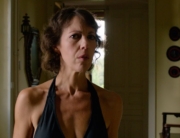
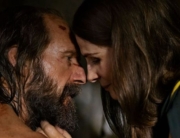

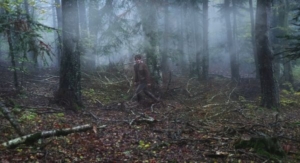
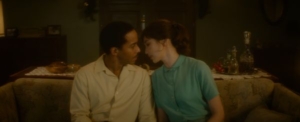







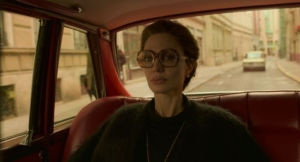
Leave A Comment